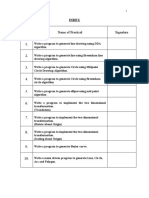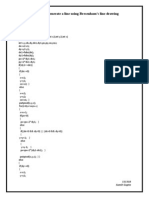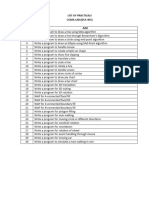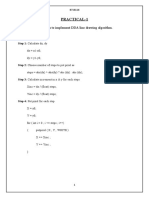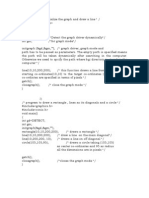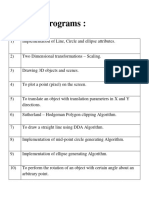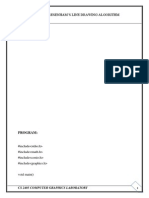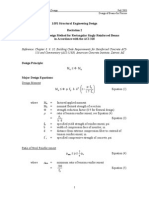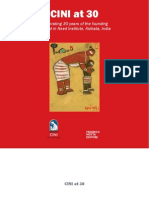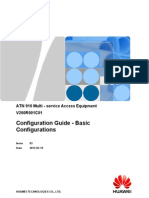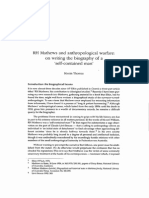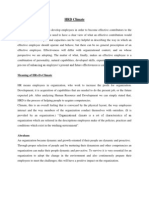0% found this document useful (0 votes)
9 views13 pagesCG LAB Complex UPDATEd Problems
The document contains implementations for three graphical programs in C++. The first program generates a dynamic analog clock, the second allows users to draw concentric circles using the midpoint algorithm with dynamic radius input, and the third displays the same object in multiple viewports with transformations like scaling, translating, and rotating. Each program includes detailed code and comments for functionality.
Uploaded by
princesingh2532003Copyright
© © All Rights Reserved
We take content rights seriously. If you suspect this is your content, claim it here.
Available Formats
Download as DOCX, PDF, TXT or read online on Scribd
0% found this document useful (0 votes)
9 views13 pagesCG LAB Complex UPDATEd Problems
The document contains implementations for three graphical programs in C++. The first program generates a dynamic analog clock, the second allows users to draw concentric circles using the midpoint algorithm with dynamic radius input, and the third displays the same object in multiple viewports with transformations like scaling, translating, and rotating. Each program includes detailed code and comments for functionality.
Uploaded by
princesingh2532003Copyright
© © All Rights Reserved
We take content rights seriously. If you suspect this is your content, claim it here.
Available Formats
Download as DOCX, PDF, TXT or read online on Scribd
/ 13









